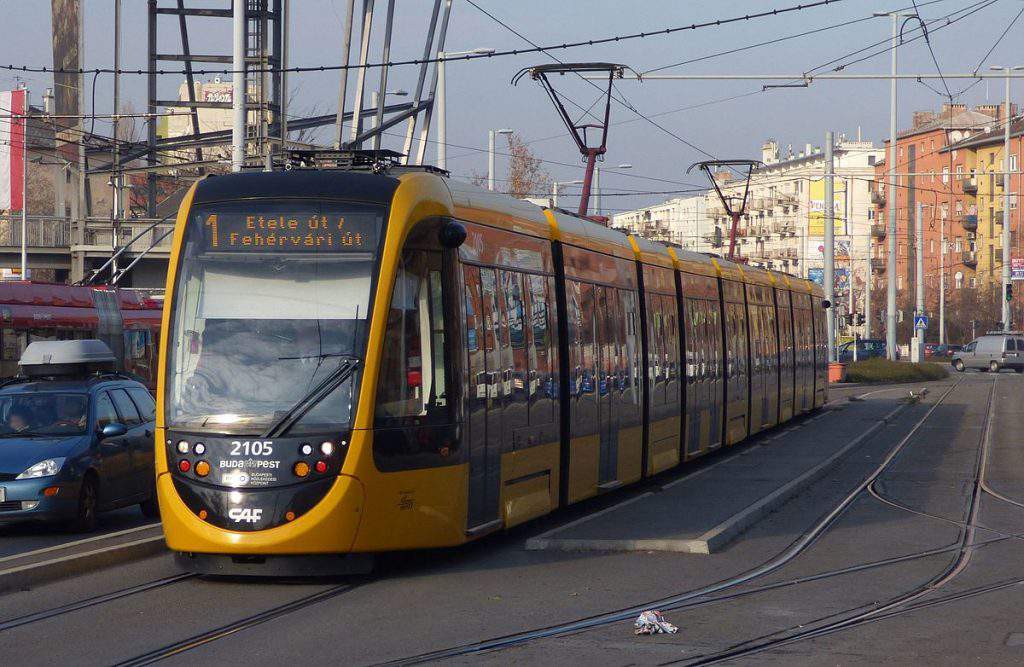The plans focus on easing the traffic in central Budapest partly by extending metro lines and partly by introducing a congestion fee. Other plans include making the shore of the Danube more accessible and supporting cyclers.
According to the Budapest Mobility Plan that the capital’s general assembly already agreed on, Budapest will be a greener, more citizen-friendly city with fewer cars passing through once the plans are actually realised. According to PestBuda, so far, the congestion fee that is part of the plans received most of the attention from the media; however, there is more to the plans than that. The mobility plan includes the tasks of the next 11 years, with the aim of making the capital more liveable.
Some of the renovations have already started and are actually close to being finished, such as the renovation of Blaha Lujza Square or the extension to metro line M1. On the other hand, others are only distant plans that are unlikely to be realised unless the city receives a very generous amount of funding.

Photo: Kemenymate / wikipedia
If all the elements on the list would be realised, that would require a budget of 6,500 billion forints (20,208,500,000 EUR). If we consider those elements that have already been decided on or that are required by duties of the state or the local government, the sum would still be 2,500 billion forints (7,772,500,000 EUR).
The central idea of all the plans is a capital city that is as car-free as possible, meaning traffic would be stopped in the outer districts of Budapest or diverted to other routes that avoid going through downtown.
In exchange, metro lines would be extended, and unified cycle paths are also included in the plans.

The Danube, boating and the accessibility of the shores also receive attention (especially now, in light of the happenings of the past week); however, there is still no talk of building a pedestrian bridge.
The mobility plan also estimates the expected results and effects of the changes made. Based on these, they categorised the elements on the list in terms of how urgent they are or whether they can be pushed back to after 2030. The plan also includes public investment projects such as the renewal of Keleti and Nyugati railway stations or the realisation of the railway line going to Budapest airport.
Good to know: Areas around Chain Bridge to be revamped